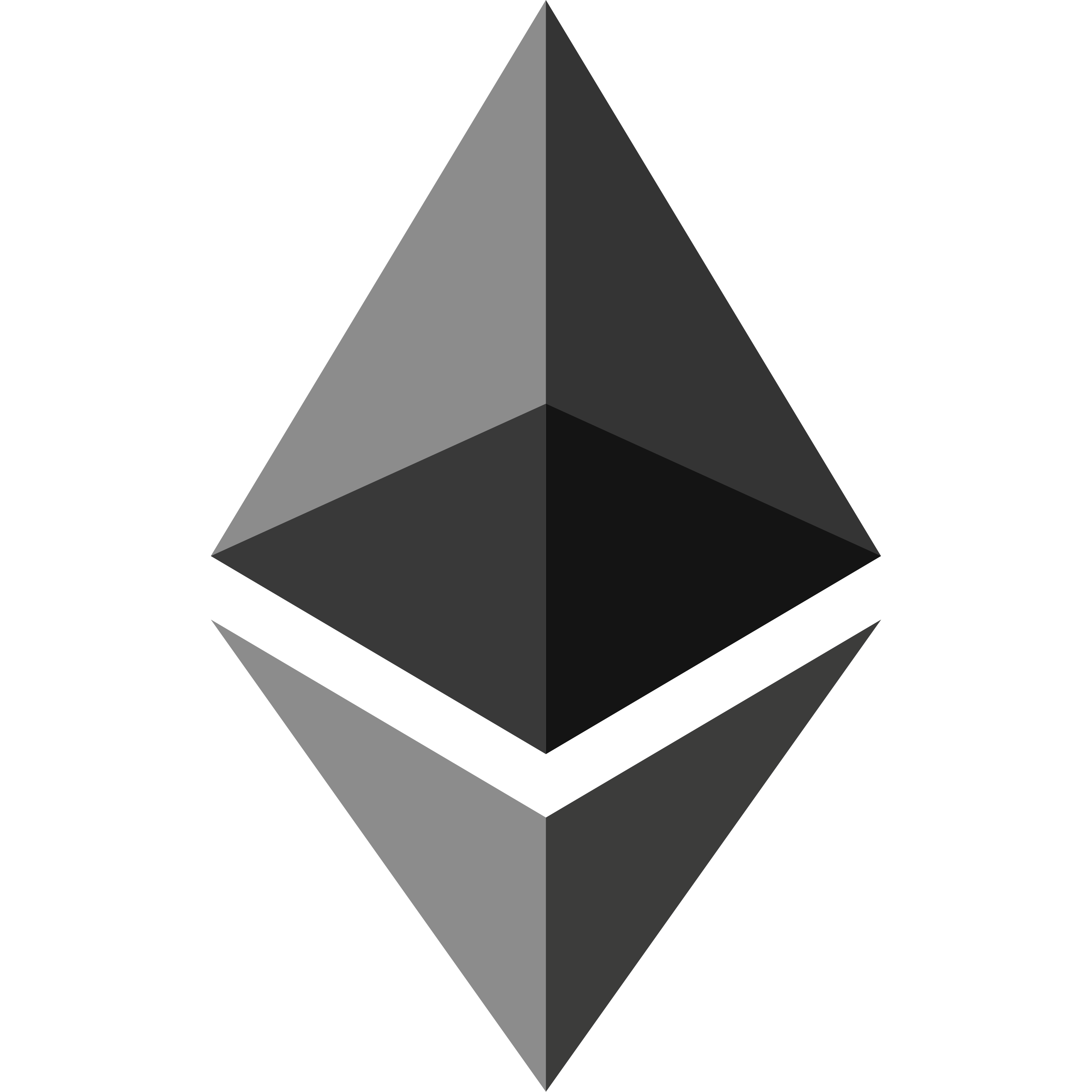Driven to Divide: Insights & Perspectives
Exploring the forces and ideas that shape our divided world.
ETH: The Future of Money or Just a Trendy Coin?
Discover whether ETH is shaping the future of finance or just a fleeting trend. Join the debate and unlock the truth behind Ethereum!
Understanding Ethereum: Is It the Future of Digital Currency?
Understanding Ethereum is essential for anyone interested in the future of digital currency. Launched in 2015, Ethereum has quickly evolved from a groundbreaking platform for decentralized applications to a major player in the cryptocurrency space. Unlike Bitcoin, which primarily functions as a digital currency, Ethereum’s strength lies in its ability to facilitate smart contracts and decentralized applications (dApps). This innovative approach allows developers to build a wide array of solutions on its blockchain, leading to a burgeoning ecosystem that has garnered significant attention and investment.
The question remains: Is Ethereum the future of digital currency? While its current scalability issues and high transaction fees pose challenges, ongoing upgrades—such as the Ethereum 2.0 transition to a proof-of-stake consensus mechanism—aim to address these drawbacks. As the technology matures and the platform becomes more efficient, many believe that Ethereum could become a cornerstone in the digital economy, enabling secure transactions and opening new possibilities in various sectors, including finance, supply chain, and beyond.

Ethereum vs. Traditional Currency: A Comparative Analysis
Ethereum and traditional currencies serve as different mediums of exchange, with each having unique characteristics. Traditional currencies, also known as fiat currencies, are government-issued and regulated by central banks. They rely on physical forms, such as coins and banknotes, and digital transactions facilitated by financial institutions. In contrast, Ethereum operates as a decentralized digital currency built on blockchain technology, allowing for peer-to-peer transactions without intermediaries. This decentralization not only offers increased security but also enables users to participate in the creation of decentralized applications (dApps) that are powered by its native token, Ether (ETH).
When comparing stability and volatility, traditional currencies typically exhibit more stability due to their backing by economic indicators and governmental support. In contrast, the value of Ethereum can be highly volatile, influenced by market trends, technological advancements, and regulatory developments. Investors often view Ethereum as a high-risk, high-reward asset, which can be attractive to some but daunting to others. Additionally, traditional currencies have established mechanisms for inflation control and monetary policy, while Ethereum's supply is capped through its unique mining process. This fundamental difference highlights the varied approaches to value preservation between Ethereum and traditional currencies.
Is Ethereum Just a Trend? Exploring Its Long-Term Viability
The question of whether Ethereum is merely a trend or possesses long-term viability is increasingly relevant as the cryptocurrency market continues to evolve. Launched in 2015, Ethereum introduced a revolutionary framework for decentralized applications and smart contracts, establishing itself as more than just a digital currency. Unlike its predecessor Bitcoin, Ethereum's functionality extends into various sectors, including finance, supply chain, and gaming, showcasing its versatility. The growing adoption of decentralized finance (DeFi) and non-fungible tokens (NFTs) further solidifies Ethereum's position in the crypto space, drawing attention from both investors and developers alike.
However, the sustainability of Ethereum's success hinges on its ability to address scalability and energy consumption issues. The transition to Ethereum 2.0 promises to resolve some of these challenges by implementing a proof-of-stake consensus mechanism, which aims to improve transaction speeds and reduce energy use. Additionally, as the global interest in blockchain technology escalates, the demand for Ethereum's underlying infrastructure is likely to grow. If Ethereum can maintain its innovation and adaptability in the face of competition and technological advancements, it stands a good chance of securing its place as a cornerstone of the digital economy in the years to come.